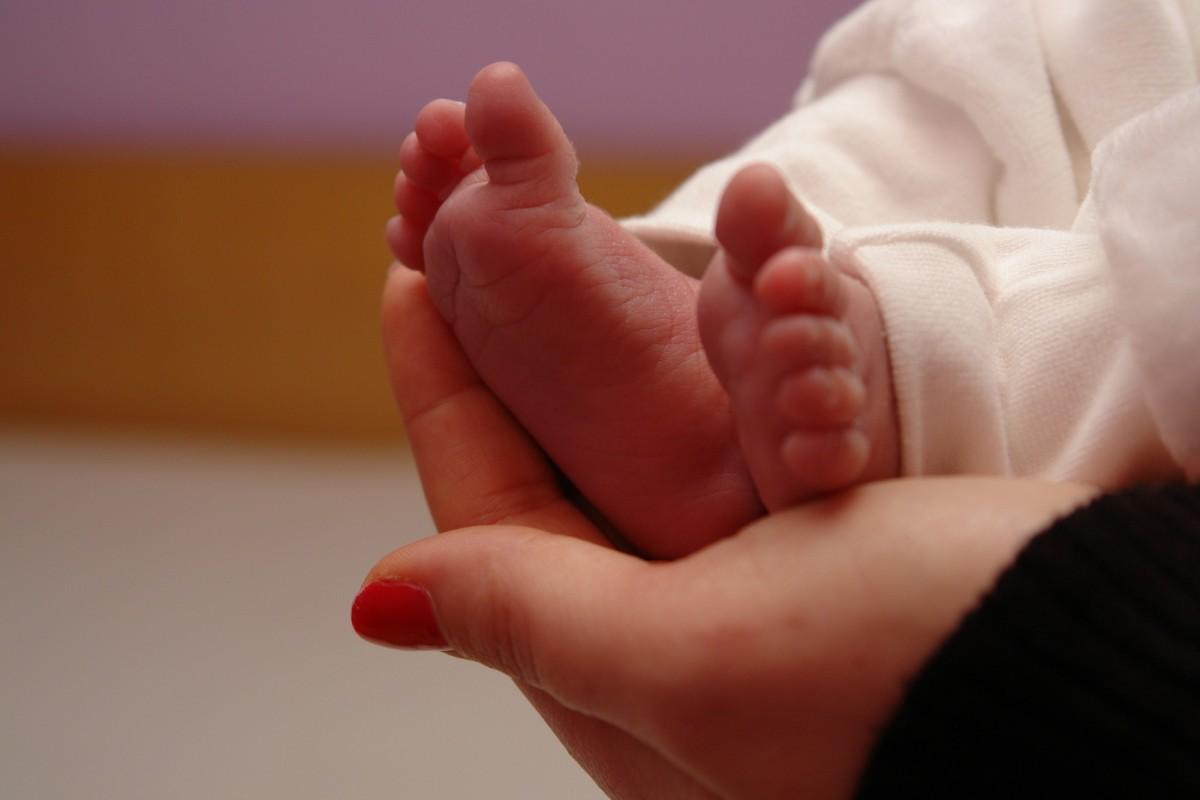
When a woman is ready to give birth, especially if it is with her first child, she has often read and researched, planned and prepared down to the most finite detail.
But no matter how much moms prepare, the first few weeks home with your newborn are emotionally charged. Moms are sleep deprived and focused on learning the ins-and-outs of caring for their newborn.They are likely not paying much attention to their own recovery postpartum.
Now a shocking statistic is bringing to light the need to educate women on their own health once they return home from the hospital.
It may seem hard to believe with all of our advancements and technology, but the United States has the highest maternal mortality rate postpartum of any developed nation — and even more unbelievable–the mortality rate for new moms has increased in the U.S. in recent years, even though it is on the decline worldwide.
Research is being conducted to pinpoint some of the reasons for this tragic statistic, and one study has found that part of the problem lies in the lack of information new moms receive about their own recovery in the hospital.
What To Expect reported:
Researchers surveyed 372 postpartum nurses nationwide about their knowledge on the maternal mortality rate, as well as the kind of information they give patients, and found that most of them lack the knowledge to adequately inform new mothers of health risks or signs of serious problems post birth. In fact, almost half said they didn’t know the maternal mortality rate in the U.S. had increased and 19 percent thought that it had actually decreased.
Alarmingly, only 12 percent of nurses reported knowing that the majority of maternal deaths occur in the days and weeks following childbirth; only 24 percent knew that heart-related problems are the leading cause of maternal deaths in the U.S.
This is especially troubling because once a new mom is discharged from the hospital, they are often told they don’t need to follow up with their OB/GYN for six weeks. And an alarming 40 percent of new moms skip that appointment.
NPR reported:
In focus groups conducted in New Jersey and Georgia, two states with especially high rates of maternal mortality, researchers discovered that postpartum nurses spent most of their time educating moms about how to care for their new babies, not themselves. The information mothers did receive about their own health risks was wildly inconsistent and sometimes incorrect. The written materials women took home often weren’t much better.
Between 700 and 900 American women die every year from complications due to pregnancy and childbirth, and another 65,000 have life-threatening complications requiring hospitalization – a startling number in this age of modern medicine.
However, the Centers for Disease Control has found more than 60 percent of these deaths were preventable when new moms knew what symptoms to look for in their postpartum recovery.
Now, many medical facilities are retraining postpartum nurses on the information they need to give moms before discharge.
NPR reported:
But the good news is that there is hope: When researchers gave postpartum nurses specific handouts — a checklist of postpartum symptoms for new moms to watch out for, instructions on when to call 911 or go to the ER and a script for the nurses to reference while they talked to their patients — they started seeing moms who were experiencing symptoms come back to the hospitals with the handouts they’d been given.
Until these programs are implemented in hospitals nationwide, women should advocate for themselves by researching what to look for during their recovery postpartum.
And if you or a new mom you know experiences one of the following symptoms after childbirth, get medical help immediately:
- Obstructed breathing or shortness of breath
- Pain in your chest
- Seizures
- Thoughts of harming yourself, your baby, or others
- Bleeding that is soaking through one pad/hour, or blood clots the size of an egg or bigger
- Incision from C-Section that is not healing
- Red or swollen leg that is painful or warm to touch
- Temperature of 100.4° F or higher
- Headache that does not improve, even after taking medicine, or bad headache with blurred vision
Like and share this article if you have a friend or family member who is expecting, so you can help keep them informed and healthy!
